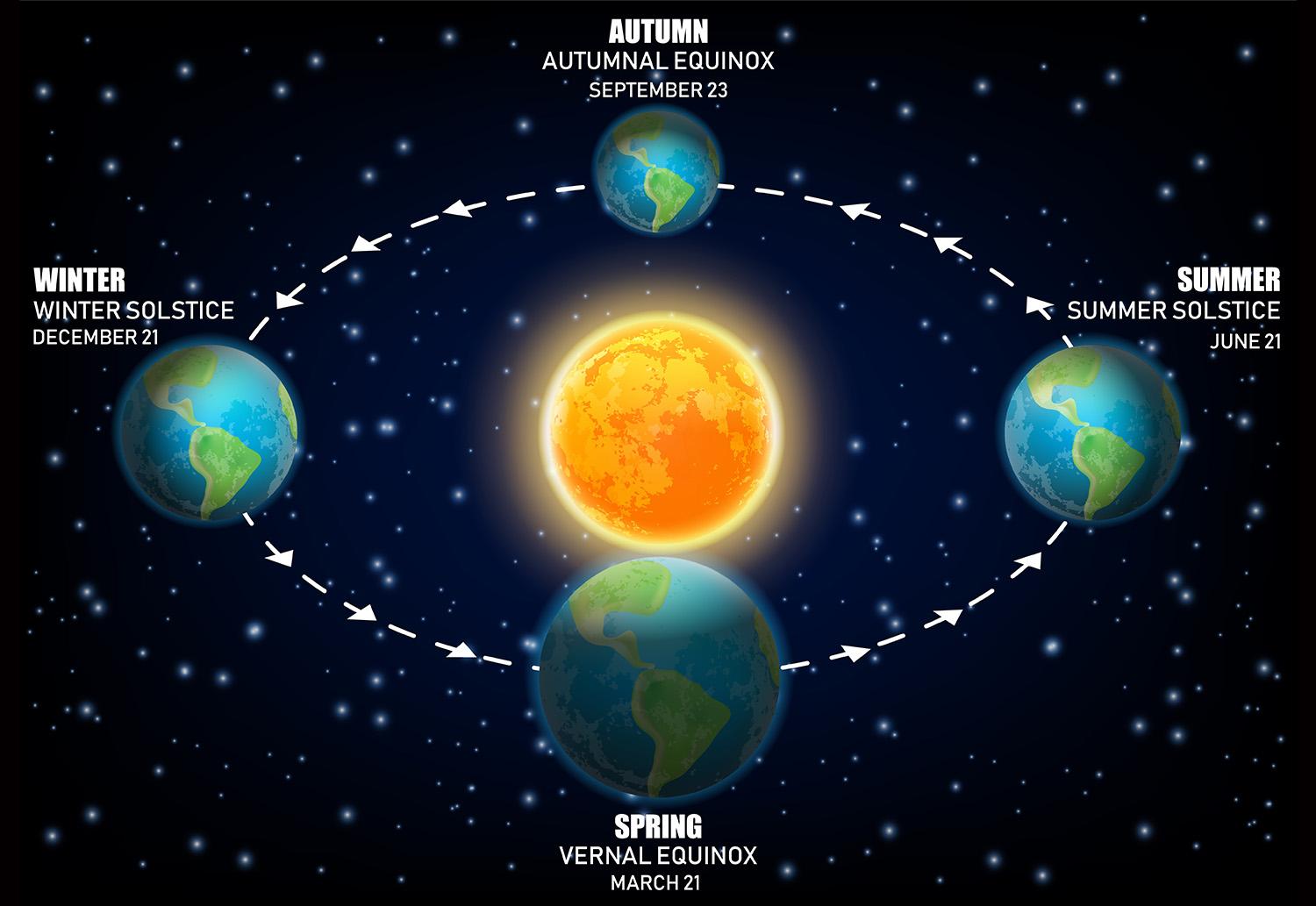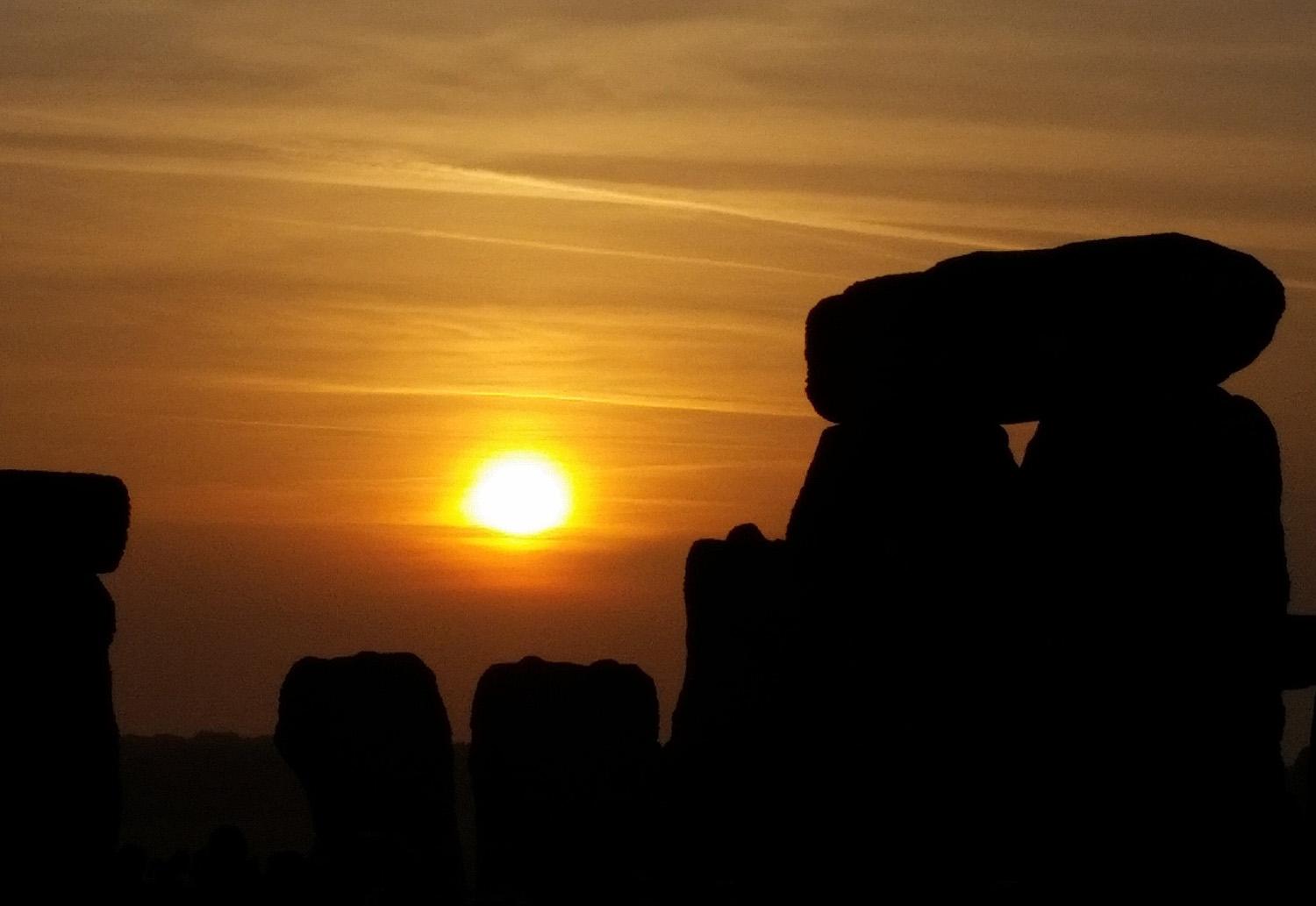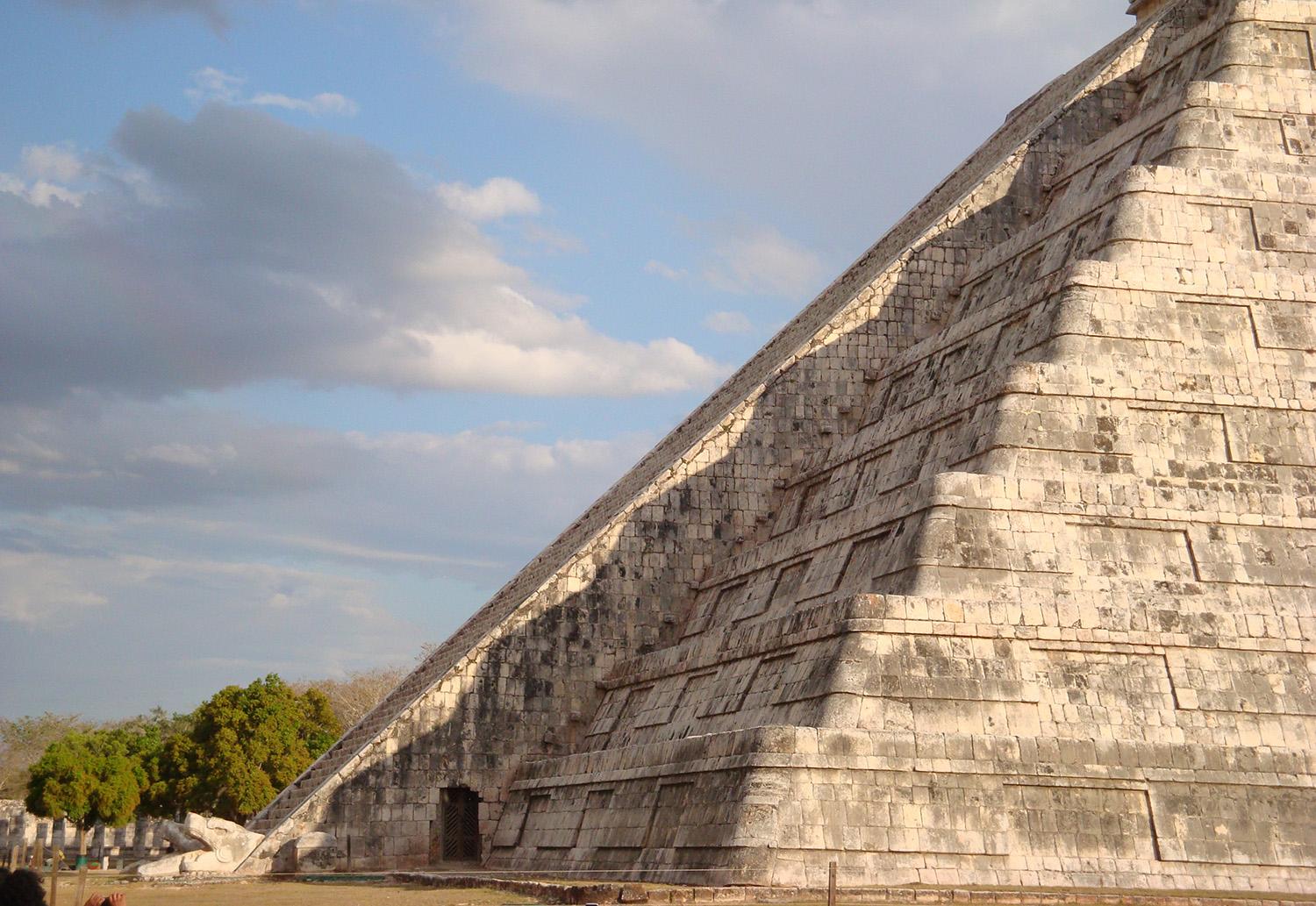
Date:
Astronomically, our planet’s seasons change on four particular days each year, two solstices, one in June and one in December, and two equinoxes (one in March and one in September). The particular dates are targeted by scientists at the boundary between our seasons because of a series of factors based upon the relationship between the Earth and the Sun, the tilt in the Earth’s axis and how those factors play out for all of us living here on the third rock from the Sun.
Why Do We Have Seasons?
Earth’s seasons are a direct result of the Earth’s 23° tilt in the Earth’s axis, known as an axial tilt. Without an axial tilt, we would not have seasons in the way that we do and life on this planet could have developed much differently to account for more constant weather and climate conditions at each latitude of our planet. This obliquity means that during certain parts of the year, the Southern Hemisphere is slightly more exposed to the Sun’s rays while they Northern Hemisphere is less exposed and vice versa. This results in a variety of effects for our planet ranging from significant temperature shifts and meteorological differences as well as more or less light and energy coming from the Sun, which we know as seasons.
Solstices

Occuring in June and December, the solstice marks either the start of winter or the start of summer. In the Northern Hemisphere, the June Solstice heralds the astronomical beginning of summer and is the day with the most daylight in the year. In the most northerly regions of the planet days or weeks may pass without the sun actually setting below the horizon while in Antarctica is may remain dark for a comparable amount of time. The opposite is true for the December Solstice when summer begins in the Southern Hemisphere and winter starts in the North. The solstice (combining the Latin words sol for “Sun” and sistere for “To Stand Still”) is the point where the Sun appears to reach either its highest or lowest point in the sky for the year and thus ancient astronomers came to know the day as one where the Sun appeared to stand still.
Solstices are often marked by various celebrations that go back generations the most well known of which is the Christmas holiday celebrated a few days after the December Solstice which borrows many of its traditions from earlier pagan traditions that date back thousands of years.
Equinoxes

Equinoxes happen directly between the solstices and mark the beginning of the Spring and Fall seasons. The term equinox, like solstice, finds its origin in Latin with the roots aequus meaning “Equal” and nox meaning “Night.” Astronomers define the equinox as the moment the Earth’s Equator on its axis passes the same plane of the Sun’s equator, but its name reveals more of what we experience of these March and September dates here on Earth as most places on the planet on the day of the Equinox will experience roughly as much night time as day time, hence “Equal Night.”
Follow The Franklin Institute: @TheFranklin on Twitter.

